Spring lawn and landscaping care adds a major boost to your homes curb appeal. We have a few easy-to-follow steps for you to enjoy a beautiful, healthy green lawn and maintain it!
Tip #1: Take Advantage of the Opportunities in Spring!
Spring is the best time to set your lawn up for success for the remainder of the year. Spring is the time when many weeds begin germinating, destructive lawn pests begin mating and colonizing, and the temperatures are often cool and wet. These factors allow you to take control and get a head start on the potential threats to your lawn.
Dethatching
We recommend removing the layer of thatch (dead grass, including leaves, stems, and roots, that builds up on the soil surface at the base of the grass) in the spring. Deadly (to the grass!) insects LOVE the moist and protective layer of thatch and will often lay eggs and multiply within it. Additionally this thatch prevents nutrients, water and air to penetrate the soil surface and reach the roots of the grass.
Aeration
Spring is the best time to aerate your lawn. Aeration is a simple yet effective process. An aerator removes 2-4” plugs of soil from the lawn. This improves drainage and allows nutrients, water and oxygen to the roots.
By simply removing these plugs of soil, nutrients, water and oxygen can significantly improve turf quality.
Fertilizing
Spring fertilizing is the best way to not only feed your grass and promote a thicker greener turf, but also to prevent insect infestations and undesirable weeds! THE BEST WAY TO PREVENT WEEDS AND OTHER TURF PESTS IS TO HAVE A THICK HEALTHY TURF.
Spring fertilizing is an optimal time to provide nutrients for your grass!
Tip #2: Implement Proper Lawn Mowing Methods
Lawn mowing seems like a very simple task to many. However the health of your turf is certainly correlated to the implemented mowing practice.
Mow high!
Removing no more than ⅓ of the grass blade at a time greatly reduces the risk of many turf issues. Taller turfgrass helps avoid drought stress by increasing humidity and keeping temperatures at the soil level cooler. This taller grass also shades out germinating weeds and sun-loving insects.
Keep your Lawn Mower Blades Sharp!
This allows the grass to heal quickly and gives your lawn a tidy clean look. A dull blade tears and rips at the grass, damaging the roots and turf thickness. At Patkin Landscaping Inc. we sharpen our blades regularly to ensure a high quality cut for all!
Mow Often!
The optimal amount of days in between lawn cuts is 7-10 days, sometimes even less during the rainy spring months. Abiding by the ⅓ rule (removing ⅓ of the grass blade), waiting any longer than a week will require removing additional growth. This additional growth will accumulate and add to the thatch (layer of dead grass laying on soil) thereby reducing nutrient intake and increasing the chances of fungal growth and insect infestation.
This chart shows the importance of cutting grass at a 3" height
Tip #3: Watering
Ensuring a healthy lawn year round has a lot to do with water! In the Philadelphia area, Spring often provides enough natural rainwater to maintain turfgrass, however by the hot months of the summer often the rainwater just isn’t enough. The key is the following: DO NOT WAIT UNTIL IT TURNS BROWN TO WATER.
The first sign of drought is a loss of springiness and a wilted, generally dull, appearance. Proper watering means watering DEEPLY, 1 to 1.5 inches per watering, and infrequently, such as once a week. Light, frequent watering encourages shallow roots, which are less capable of supporting the turfgrass during dry periods. A good idea is to base your watering schedule on the weather (how hot has it been, how much rain have we gotten etc.) rather than the color of the grass.
Keeping these tips in mind as we approach Spring will ensure a healthy, green lawn which will be the envy of the neighborhood! Remember, the secret of turf management is being proactive! Retroactive treatments are also available, however the proactive approach listed above is far easier and significantly reduces the need for chemical controls.
Patkin Landscaping Inc. offers all of these discussed services: Dethatching, Core Aeration, Fertilizing and Pest Management, Routine Lawn Mowing and more. For more information please visit our Landscape Maintenance Services







